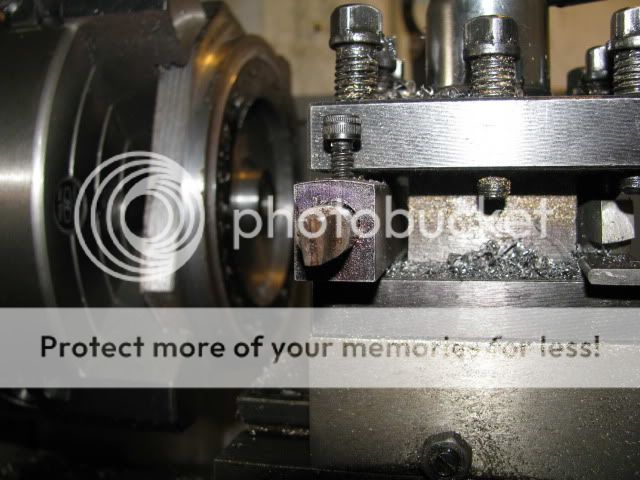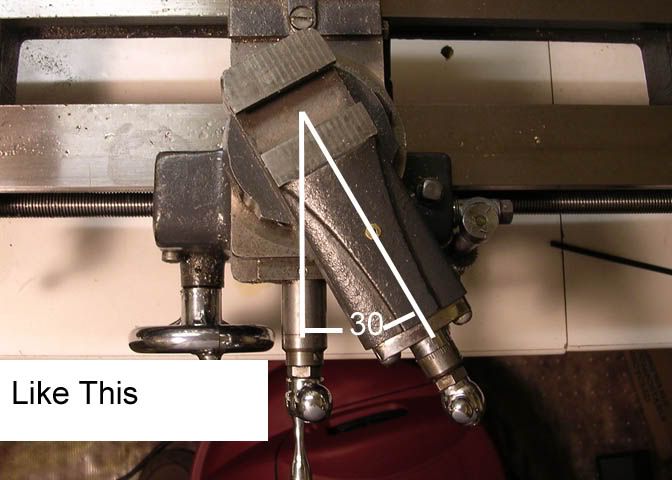Gee Bogs, I'm doin' better than you think, some of what I have made has come out quite ok. As for expense I have quite a load of decent round BMS from 20mm to 40mm, that I got from an agricultural co-op, sold to me as EN3B, for much less than I expected to pay. I wasn't able to get 12mm or 15mm, so I am not roughing 20mm stock to make M8 screws, but I was given some quite adequate 15mm bar that Ive been using for bolts. The more I am into this hobby, the more it seems like having the right tool and knowing how to use it is what it is all about, and how long will it take. Tooling is where it hurts the budget. I paid a small fortune for 2 sizes of metric fine taps direct from Somta Tools but busted 2 of 3 Jap M4 taps, that I bought as a kid to make a slot racer and found in my Dads toolbox after all these years. I have decided that to make progress, to learn techniques by working on stuff that is not tiny and to have for future use I must make my own tooling. I made a versatile toolholder for the shaper that works really nice, and a parting-off toolholder that I am scared of using, both from Mercedes truck crank counterweights. For me, if I am to ever make model power, the *BLING* factor is important and I have almost finished a knurling tool. Next up must be a ball turner, also for bling and then a vertical slide, why I want to make an accurate screw and nut. If I cant get Acme right, I will make the feedscrews with 60deg threads. The only internal work I have done yet is through boring, and I am pleased with my results. I should post some pics of my progress but I am on a really slow dialup connection with limited cap.
I like to assimilate the information, let it rattle around my little pip, then commit.
Ant






